Prepare students for rigorous mathematics
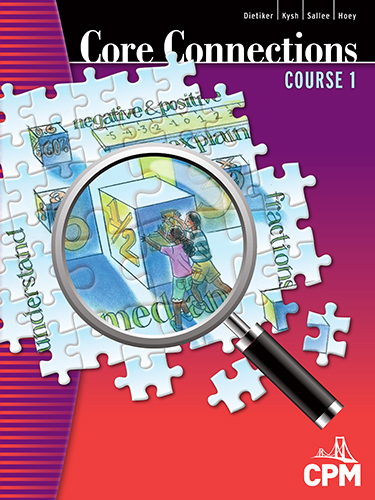
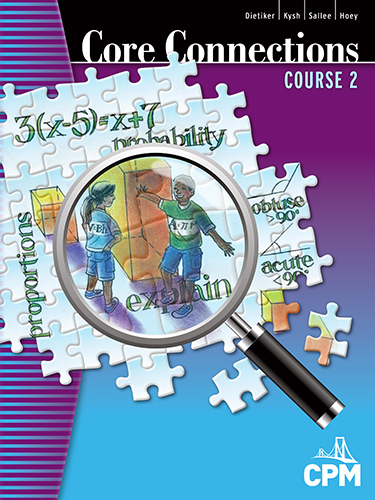
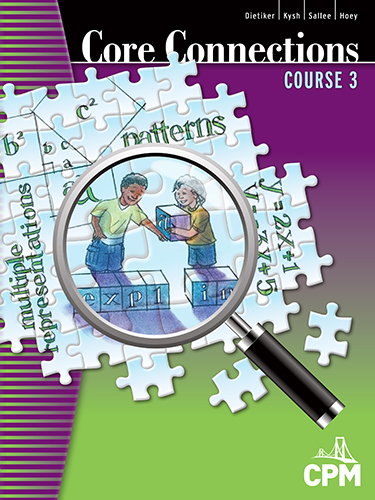
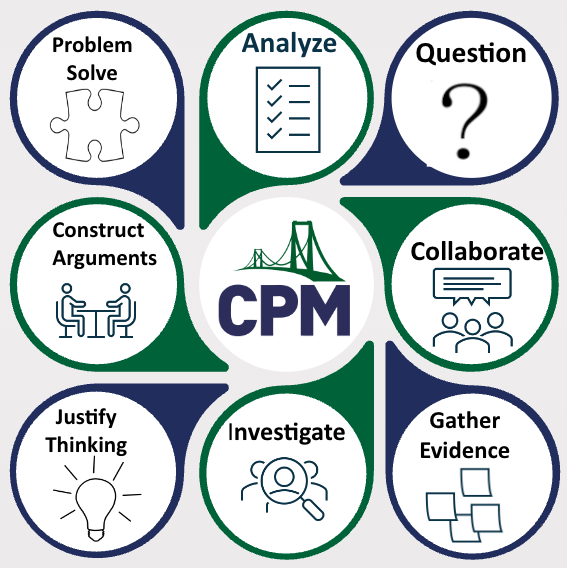

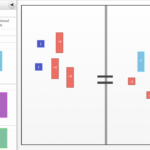




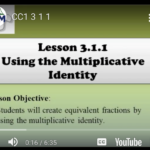
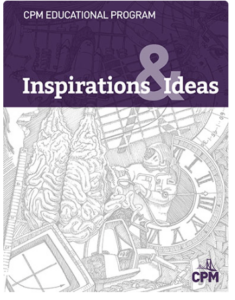
LEARNING LOG
Write a Learning Log entry to summarize what you learned today about the Giant One and its uses. Include examples of how the Giant One is used. Title this entry “The Giant One and Equivalent Fractions” and label it with today’s date.

LEARNING LOG
Make a rectangle from any number of tiles. Your rectangle must contain at least one of each of the following tiles: x^2, y^2 , x, y and xy. Sketch your rectangle in your Learning Log and write its area as a product and as a sum. Explain how you know that the product and sum are equivalent. Title this entry “Area as a Product and as a Sum” and label it with today’s date.


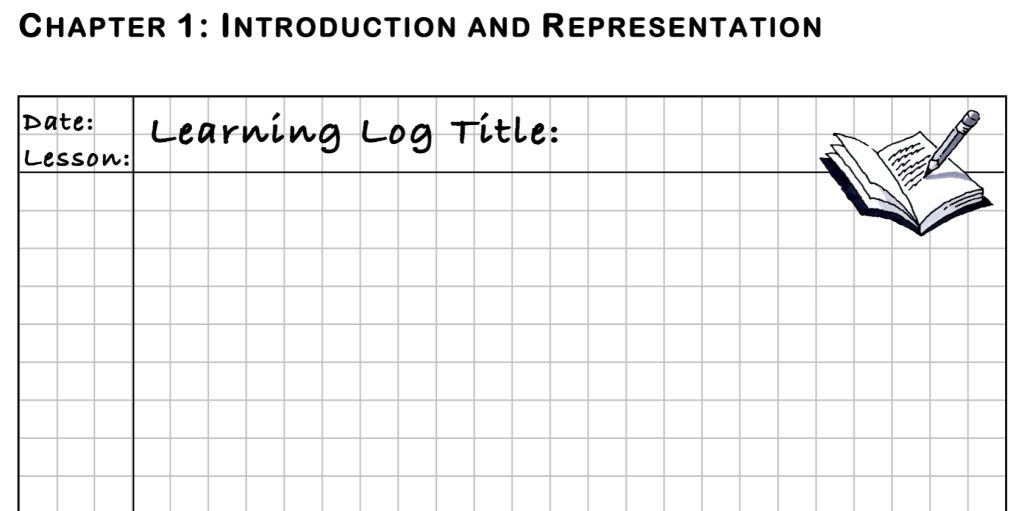
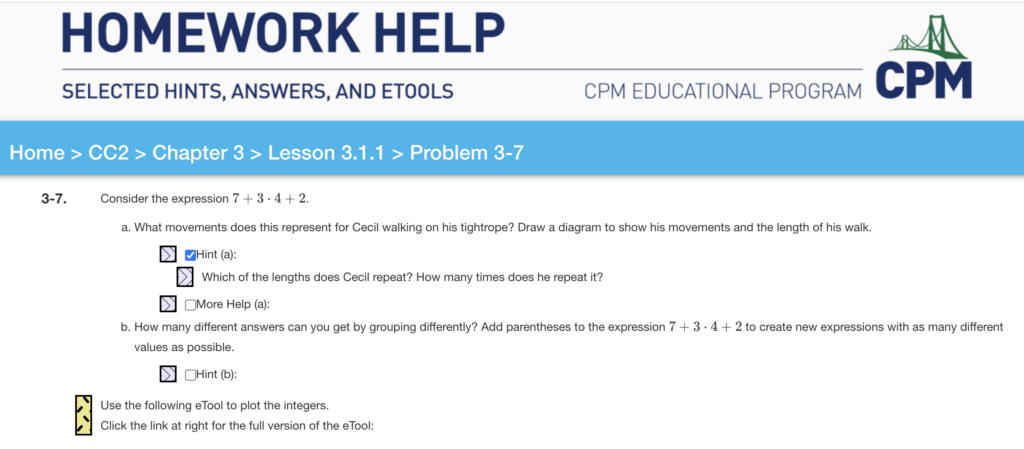
PI-10. WAY TO GO!
The map at right shows the streets in Old Town. Assume Jacqueline is standing at the corner of A and 1st Streets. Assume Jacqueline will only walk South or East. The shaded rectangles represent large buildings. Assume Jacqueline will not pass through any buildings.
The number “3” at the intersection of C and 2nd Streets means that there are three different ways she can get there from her starting position. What are those three ways? Describe them in words.
How many different ways can she walk to the corner of F and 4th Streets?
How many different ways can she walk to the corner of D and 5th Streets?
Explain how you can use your answers to parts (b) and (c) to find the number of ways she can walk to the corner of F and 5th Streets. Why does this make sense?
Find the number of different ways she can walk to the corner of I and 8th Streets.
How could you change the map so that Jacqueline has only 7 ways to get to the corner of D and 3rd streets? You can remove blocks or add them.
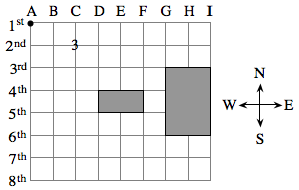

This professional learning is designed for teachers as they begin their implementation of CPM. This series contains multiple components and is grounded in multiple active experiences delivered over the first year. This learning experience will encourage teachers to adjust their instructional practices, expand their content knowledge, and challenge their beliefs about teaching and learning. Teachers and leaders will gain first-hand experience with CPM with emphasis on what they will be teaching. Throughout this series educators will experience the mathematics, consider instructional practices, and learn about the classroom environment necessary for a successful implementation of CPM curriculum resources.
Page 2 of the Professional Learning Progression (PDF) describes all of the components of this learning event and the additional support available. Teachers new to a course, but have previously attended Foundations for Implementation, can choose to engage in the course Content Modules in the Professional Learning Portal rather than attending the entire series of learning events again.
The Building on Instructional Practice Series consists of three different events – Building on Discourse, Building on Assessment, Building on Equity – that are designed for teachers with a minimum of one year of experience teaching with CPM instructional materials and who have completed the Foundations for Implementation Series.
In Building on Equity, participants will learn how to include equitable practices in their classroom and support traditionally underserved students in becoming leaders of their own learning. Essential questions include: How do I shift dependent learners into independent learners? How does my own math identity and cultural background impact my classroom? The focus of day one is equitable classroom culture. Participants will reflect on how their math identity and mindsets impact student learning. They will begin working on a plan for Chapter 1 that creates an equitable classroom culture. The focus of day two and three is implementing equitable tasks. Participants will develop their use of the 5 Practices for Orchestrating Meaningful Mathematical Discussions and curate strategies for supporting all students in becoming leaders of their own learning. Participants will use an equity lens to reflect on and revise their Chapter 1 lesson plans.
In Building on Assessment, participants will apply assessment research and develop methods to provide feedback to students and inform equitable assessment decisions. On day one, participants will align assessment practices with learning progressions and the principle of mastery over time as well as write assessment items. During day two, participants will develop rubrics, explore alternate types of assessment, and plan for implementation that supports student ownership. On the third day, participants will develop strategies to monitor progress and provide evidence of proficiency with identified mathematics content and practices. Participants will develop assessment action plans that will encourage continued collaboration within their learning community.
In Building on Discourse, participants will improve their ability to facilitate meaningful mathematical discourse. This learning experience will encourage participants to adjust their instructional practices in the areas of sharing math authority, developing independent learners, and the creation of equitable classroom environments. Participants will plan for student learning by using teaching practices such as posing purposeful questioning, supporting productive struggle, and facilitating meaningful mathematical discourse. In doing so, participants learn to support students collaboratively engaged with rich tasks with all elements of the Effective Mathematics Teaching Practices incorporated through intentional and reflective planning.